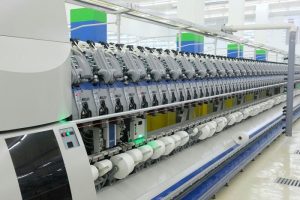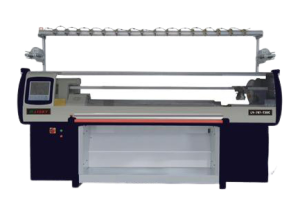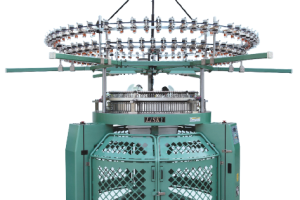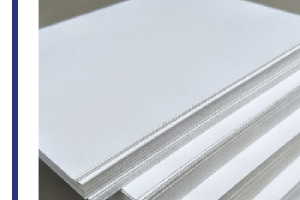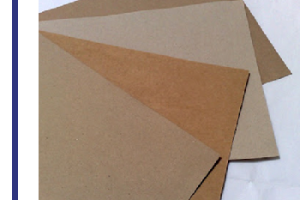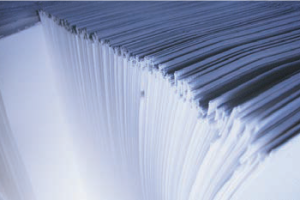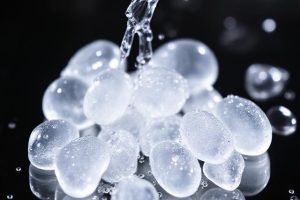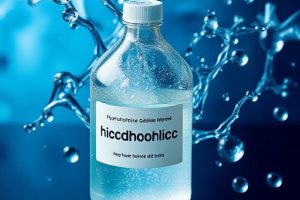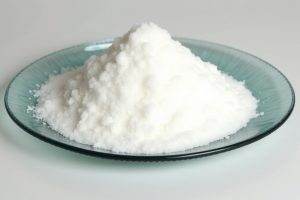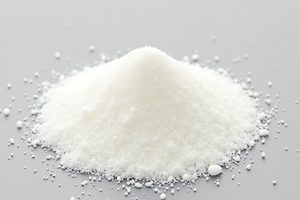Chlorinated paraffins (CPs) are high production volume chemicals currently produced and used in higher quantities than any other medium-size polyhalogenated compound (class). In addition, the composition of industrial CP mixtures is highly complex and poorly understood. In this article, we searched in the literature for the beginning of the chlorination of alkanes and how this substance class developed from niche applications to unmatched quantities in various industrial applications. Also, an estimation was made on the theoretical variety of chloroparaffins and the possible complexity of industrial CP mixtures. These data may explain why little is known about CPs although the production volume throughout the industrial generation was virtually always higher than the one of PCBs and has continued to increase after the ban of the latter.
Chlorinated Paraffin
Abstract
- The Steps in the Procedure are as Follows:
- Charging: The reactor vessel is charged with liquid paraffin.
- Chlorination: A reactor vessel is filled with chlorine gas, and the reaction is carried out there under precisely controlled pressure and temperature conditions.
- Neutralization: An appropriate alkaline solution is added to the chlorinated product to neutralise it.
- Separation:Distillation is used to extract the chlorinated paraffin wax from the reaction mixture.
- Filtration: To get rid of any contaminants, the finished product is filtered.
Chlorinated Paraffin
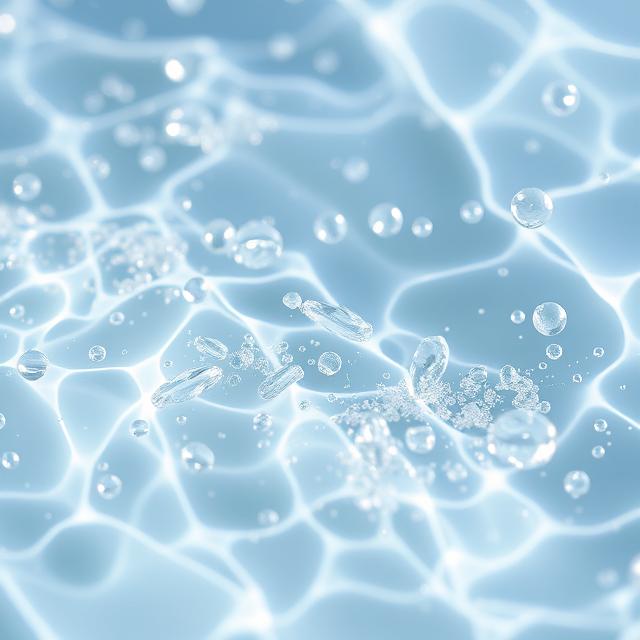
A versatile industrial chemical called chlorinated paraffin wax (CPW) is used in lubricants, metalworking fluids, flame retardants, plasticizers, and coatings, among other uses. The chlorination of paraffin wax results in CPW, a viscous liquid that ranges in colour from white to pale yellow. Depending on how the product is to be used, the level of chlorination ranges from 30 to 70%. We will go over how to create a chlorinated paraffin wax (CPW) production company in this article.
BACKGROUND OF THE INVENTION
The history of the complex substance class of chlorinated paraffins (CPs) is as old as the discovery of radical substitution processes. At a soirée at the Palais des Tuileries in Paris in 1830, several guests started to cough from irritant fumes which formed in the hall. Burning candles were identified as the source but the reason remained unclear. Alexandre Brongniart, chemist to the royal family, asked Jean-Baptiste André Dumas, his son-in-law, to fathom this incident (Hofmann, 1884). Soon,

